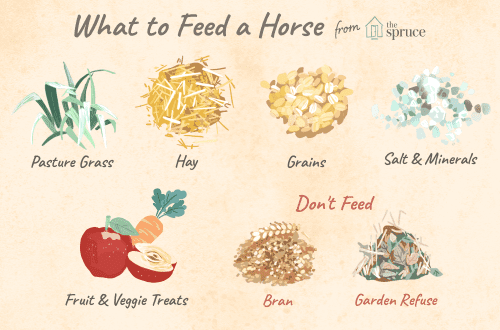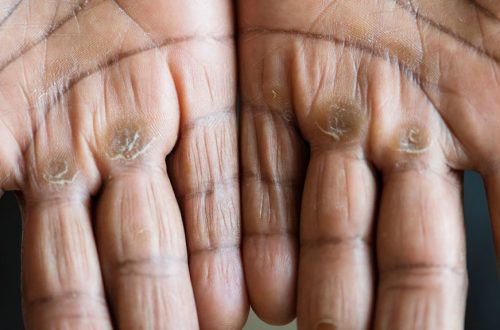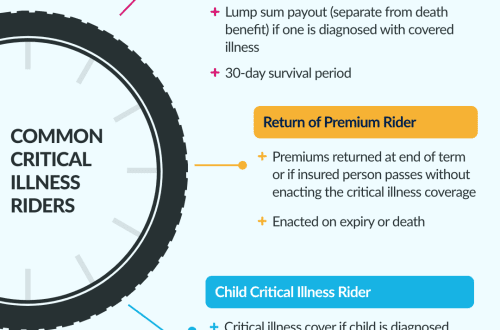#FitnessForSaddle from Galina Chernaya: How to relax your shoulders and lower back
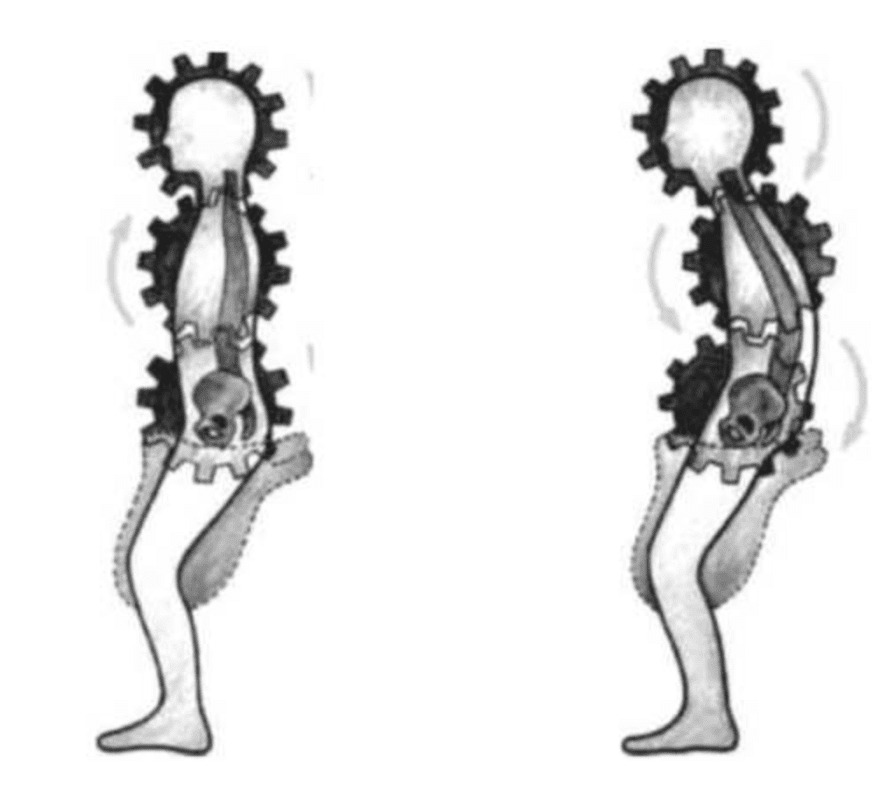
Clamped shoulders and lower back — the problem of so many riders, and its solution lies in several aspects at once.
Contents
The head is the beginning
Let’s start with something unexpected — пhead position.
Have you ever wondered why all the books say that the correct position of the head while riding — when the rider’s gaze is directed forward in the direction of travel. And it’s not even that the head down will not allow you to see the letter / barrier / oncoming horse, these are all obvious things.
Let’s experiment right now:
Sit on a chair, lower your chin as if looking at the withers of a horse, and try to turn your head to the right and left. Do you feel tension in your neck, shoulders and back?
And now repeat the same thing, only raising your head and looking forward. Feel how much easier began to move?
What happens at the moment when the rider lowers his head down:
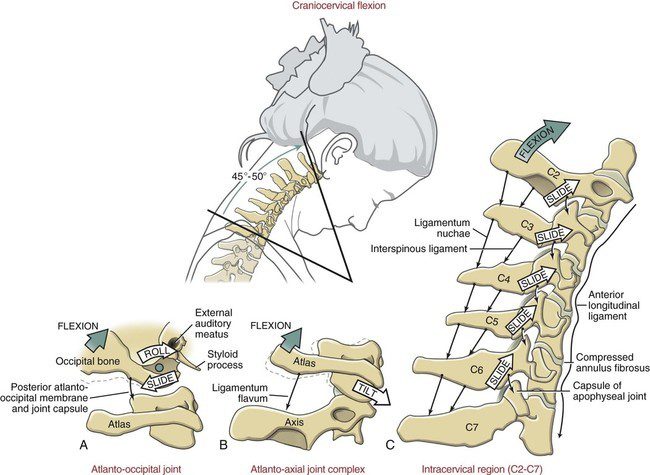
В TMJ (temporomandibular joint) and masseter muscle there is a strong tension limits the lateral rotation of your head, and believe it or you want — no, blocks the movement of your butt.
TMJ is the structure of one complex — dental diagnostic system, whose main function — participation in maintaining statics: gait mechanism; cervical, vertebral and muscular balance; pelvic balance and balance.
As a result, there is tension in atlantooccipital joint at the base of your skull. This joint has a huge impact on our ability to gently follow the movement of the horse and “roll” the body in the saddle. The atlantooccipital joint must move freely and unrestricted. If the ligaments in it become blocked, then other ligaments below this joint lose mobility, as well as your body as a whole. The atlantooccipital joint can only move freely if your eyes are looking straight ahead.
Breath
Let’s do another experiment:
Look forward in front of you and take a deep breath. Can you feel your chest and shoulders opening up?

The rider must be able to fully expand the lungs. Even and deep breathing promotes independent limb work from the spine/chest and below, thereby allowing better balance on the horse.
Proper breathing is critical. Once you begin to control your breath, you will feel how you control your own weight within your body; body stability increases, the chest is able to expand, the spine is open and allows the pelvis and hips to work in sync with the horse.
Lumbar spine
About 80% of people experience pain in this area during their lives, and this condition is the most significant cause of temporary disability in all occupational groups. Professional riders are at risk, because the load on the lumbar region when riding a horse increases significantly.
Structure and function
In connection with upright posture, the anatomical structure of the lumbosacral spine of a person differs from the structure of the spine of most vertebrates. The vertical position increases the mechanical load on the components of the lumbosacral spine. Normally, the lumbar region consists of five vertebrae. The sacral spine is immobile, and the coccygeal region in humans does not carry a functional load.
The vertebrae are connected to each other with the help of intervertebral discs lying between the vertebral bodies, as well as with the help of ligaments and muscles. These soft connectors provide flexibility to the spine. Two articulated vertebrae form functional unit. The vertebral bodies and intervertebral discs are supporting elements of the spine.
The arc formed by the back of the vertebra protects the spinal cord, which is inside the spinal canal. The vertebral arches articulate with each other through the articular surfaces of the processes of the vertebrae, which determine the direction of movement. The arches of the vertebrae are also connected by numerous ligaments, which determine the degree of mobility of the spine.
The muscles provide stability and mobility to the back, they allow the trunk to lean back (straightening), and the abdominal muscles tilt the trunk forward (flexion). Accumulation of fatigue due to prolonged or repetitive exertion or sudden strain on muscles or ligaments can cause pain in the lumbar spine.
What can each of us do to help our lower back and back in general?
Relieve muscle tension regularly! Use any healing physical activity: simple exercises before riding a horse, yoga, stretching near the TV after a warm bath – anything from which the body will receive useful relaxation. For example, swimming is a great way not only to prevent a variety of back diseases, but also to treat them. Many riders often visit the pool.
Massage and physiotherapy. Take care of the health of your spine at a professional level.
Development of the muscular corset. Work on balance. #fitnessforsaddle to help.
Learn to breathe and release muscle tension while riding and in the gym. Hatha yoga is a great option.
Work on landing on the lunge with a trainer and daily control of your landing when riding. Nobody canceled this!
The simplest and most effective exercise for mobilizing the lumbar spine:
A set of exercises for developing a muscular corset “Strong Body”.
This is a difficult set of exercises, you need to perform it slowly, feeling your body. For the entry level, BOSU can be omitted. Before performing the complex, as usual, we must carry out a complete warm-up for all muscle groups:
Your Blackstable.club



